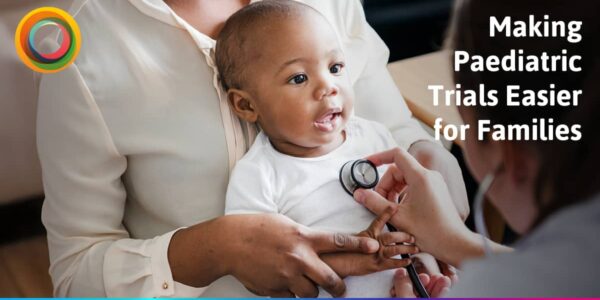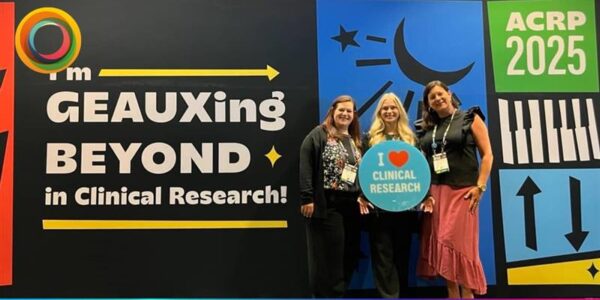
Pharmaceutical companies and clinical research organisations (CROs) know that it’s expensive to recruit patients and healthy volunteers for clinical trials and that dropouts are costly and disruptive to trial outcomes. Patients and volunteers may not be aware of or fully understand the benefits of clinical trials, making them reluctant to participate. And once in a trial, if the trial procedures, logistics (travel, accommodation, time) and costs become too burdensome, patients are likely to leave the study.
In the second of our series of mdWebinars on June 24, our panel discussed how pharma and CROs need to work more closely with patient groups to design trials that are more attractive to patients and healthy volunteers.
Our moderator facilitated discussion and debate among our panellists:

She opened by discussing some of the barriers to clinical trial participation backed up by statistics from various sources of research:

We then opened up to the panel with our first main question:
What is attracting or preventing patients & volunteers to join clinical trials right now?
David Di Marcantonio, a Senior Client Relationship Director with Parexel, who is a Doctor in Veterinary Medicine with almost 20 years’ sales experience in the pharmaceutical sector, kicked us off by offering his perspective which is based on clinical pharmacology studies involving healthy volunteers. His key point was that “healthy volunteers are not patients”. They don’t get any benefit from the medication being tested. They do however have a financial incentive. And right now, getting a COVID-19 test as a pre-requisite to entering a trial, might be attractive. Some reasons that people might not volunteer include not wanting to be confined to a clinic (we’ve already been experiencing restrictions through coronavirus ‘lockdowns’), travel restrictions and fear of becoming infected with coronavirus in a hospital/clinic.
Trishna Bharadia is a multi-award winning health advocate and patient engagement champion, with over a decade of experience in this area. Trishna’s view is that patients are motivated to join trials through a desire to find new treatments, as a treatment option, and because the move to more decentralised trials, accelerated by the pandemic, is making access to trials easier for patients. However, “if patients don’t know about trials, how can they participate?” There’s a lack of awareness of clinical research and the availability of clinical trials. There’s always a fear of the unknown effects of an investigational drug, and right now that’s exacerbated by fear of what impact the trial treatment could have if you contract COVID-19.

Sean Lynch, Director of Study Operations at TrialSpark has an MSc in Clinical Trials, a BSc in Genetics and is a Project Management Professional (PMP). Sean is passionate about the intersection of technology and clinical research. Sean talked about the problem of access and opportunity and that in the USA we need to “unlock the 98% of patients not currently enrolling in clinical research.” Sean says that the solution is to bring trials into local communities, into the local doctors’ office where patients normally seek their care. Vale asked Sean a follow-up question of “What can be done to improve diversity in clinical trials?” Sean said that if we keep doing things the same way, diversity won’t improve. We keep going back to the ‘same well’ – “50% of US trials are in 1-2% of zip codes,” he stated. We need to bring trials into urban areas and that will help improve diversity because those communities are more diverse. And reduce the financial and travel burdens on patients with lower incomes.
Vanessa Pott is Director, Global Patient Insights & Advocacy at Merck KGaA, where she oversees collaborations with a number of patient and carer communities. Vale asked Vanessa “Out of all the barriers mentioned by the other panellists which do you think has the most significant impact?” Vanessa said that the key issue is education. We need to reach communities – patients and caregivers – to foster better awareness and understanding of clinical trials. We need to tailor that education to the specific disease and provide better access to clinical trials. Advocacy groups can help.
The panel then went onto to discuss “How can we remove barriers to boost participation in clinical trials?” and “How can we better involve patients and volunteers in the clinical trial process, moving forward?” as well as taking questions from the webinar audience.
You can catch up on the complete discussion in the recording below:







